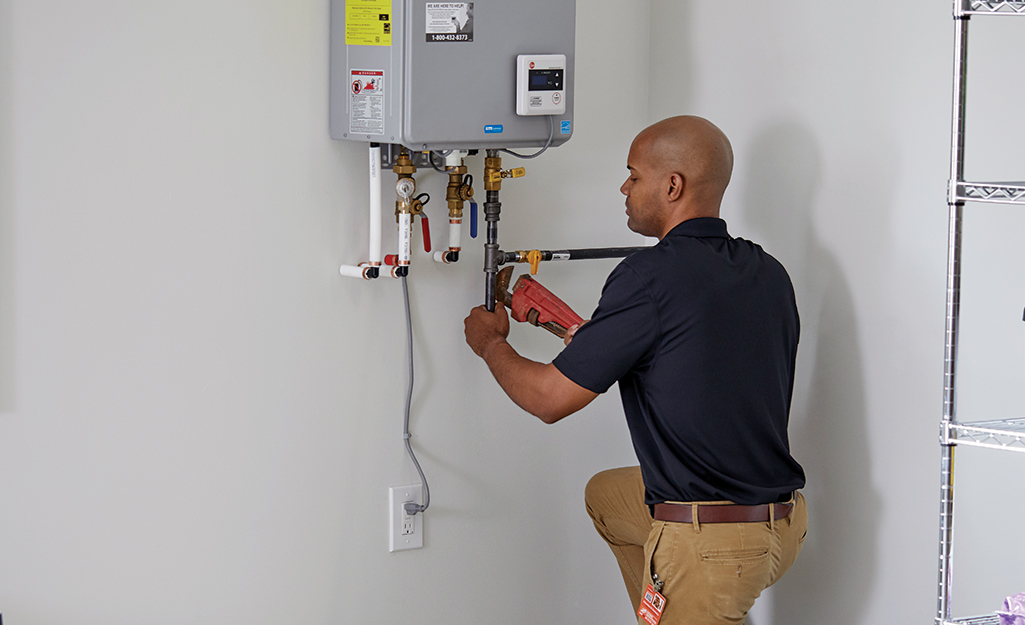Just how do you feel about How to Maintain Your Water Heater & Prolong its Life?

Hot water is important for day-to-day convenience, whether it's for a refreshing shower or cleaning dishes. To ensure your hot water system runs efficiently and lasts longer, regular maintenance is key. This write-up offers practical suggestions and understandings on exactly how to maintain your home's warm water system to avoid interruptions and expensive fixings.
Introduction
Maintaining your home's warm water system might appear overwhelming, but with a couple of basic actions, you can guarantee it operates efficiently for years ahead. This guide covers every little thing from comprehending your warm water system to DIY upkeep suggestions and recognizing when to contact professional help.
Significance of Keeping Your Warm Water System
Regular maintenance not just expands the lifespan of your hot water system but also guarantees it operates successfully. Neglecting upkeep can result in reduced performance, greater energy expenses, and also early failure of the system.
Signs Your Hot Water System Requirements Maintenance
Understanding when your hot water system needs interest can protect against significant issues. Look out for signs such as inconsistent water temperature, unusual noises from the heating unit, or corroded water.
Understanding Your Hot Water System
Prior to diving into upkeep jobs, it's practical to recognize the basic elements of your hot water system. Usually, this consists of the hot water heater itself, pipelines, anode rods, and temperature controls.
Monthly Maintenance Tasks
Normal regular monthly checks can help catch small concerns prior to they escalate.
Flushing the Water Heater
Purging your water heater removes debris build-up, boosting efficiency and extending its life.
Monitoring and Replacing Anode Rods
Anode rods stop deterioration inside the container. Evaluating and replacing them when broken is essential.
Checking and Readjusting Temperature Setups
Changing the temperature settings makes sure ideal performance and safety.
DIY Tips for Upkeep
You can execute a number of maintenance tasks on your own to keep your warm water system in top condition.
Looking for Leakages
On a regular basis check pipes and connections for leakages, as these can cause water damage and greater expenses.
Evaluating Stress Alleviation Valves
Checking the pressure safety valve ensures it functions correctly and protects against extreme stress buildup.
Insulating Pipelines
Insulating warm water pipelines minimizes heat loss and can save power.
When to Call an Expert
While DIY upkeep is valuable, some problems require specialist expertise.
Complicated Issues Calling For Expert Help
Instances include major leaks, electrical issues, or if your water heater is regularly underperforming.
Regular Professional Maintenance Advantages
Specialist maintenance can consist of extensive evaluations, tune-ups, and making certain conformity with security criteria.
Conclusion
Normal maintenance of your home's warm water system is essential for effectiveness, longevity, and cost financial savings. By following these ideas and knowing when to look for professional assistance, you can ensure a dependable supply of warm water without unexpected interruptions.
How to Maintain an Instant Hot Water Heater
Before tinkering with your hot water heater, make sure that it’s not powered on. You also have to turn off the main circuit breaker and shut off the main gas line to prevent accidents. Also turn off the water valves connected to your unit to prevent water from flowing into and out of the appliance. 2. When you’re done, you have to detach the purge valves’ caps. These look like the letter “T” and are situated on either side of the water valves. Doing so will release any pressure that has accumulated inside the valves while at the same time avoid hot water from shooting out and burning your skin. 3. When the purge valves’ caps are removed, you have to connect your hosing lines to the valves. Your unit should have come with three hoses but if it didn’t, you can purchase these things from any hardware or home repair shops. You can also get them from retail stores that sell water heating systems. Read the user’s manual and follow it to complete this task properly. When the hosing lines are connected, open the purge port’s valves. 4. You should never use harsh chemical cleaners or solutions when cleaning your unit. Make use of white vinegar instead. It should be undiluted and you’ll probably use about 2 gallons. 5. Now flush your water heater. This task should probably take about 40 minutes. We can’t give you specific directions for this because the procedure is carried out depending on the type, model and brand of your heater. With that being said, refer to the user’s manual. 6. When you’re done draining the unit, you have to turn off the purge port valves again. Remove the hosing lines that you earlier installed on each of the water valves. Put the valve caps (purge port) back in their respective places and be very careful so as not to damage the rubber discs that are found inside these caps. 7. Now that everything’s back in place, check your user’s manual again to find out how to reactivate your water heating system. 8. Once it is working, turn one of your hot water faucets on just to let air pass through the heater’s water supply pipes. Leave the tap on until water flows smoothly out of it. https://www.orrplumbing.com/blog/2014/september/how-to-maintain-an-instant-hot-water-heater/

As a devoted person who reads on Tips For Maintaining Your Hot Water Heater, I imagined sharing that piece of content was beneficial. Enjoyed our content? Please share it. Let others find it. I love your readership.
Set Up An Appointment